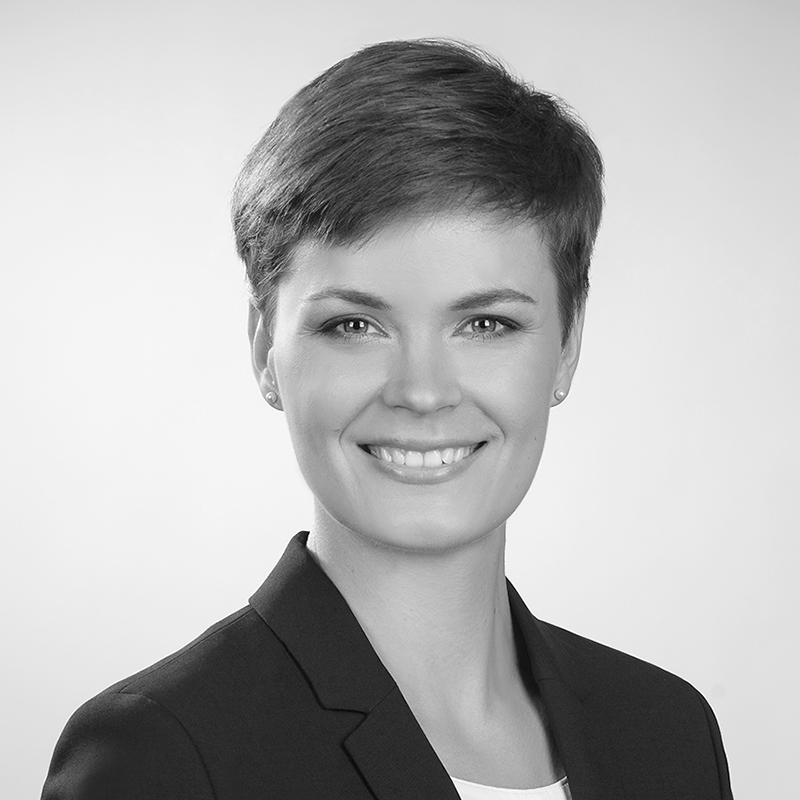Our mission is to develop life-changing solutions for patients with diseases leading to sight loss.
PulseSight Therapeutics is advancing an exciting pipeline of novel vectorized therapies designed to address still unmet need for treatments against severe retinal diseases leading to blindness, with a focus on age-related macular degeneration (AMD) including wet AMD and late stage dry AMD/Geographic atrophy (GA).

AMD is the third largest cause of blindness and a leading cause of irreversible vision loss in the elderly. 200 million people are affected worldwide, with a growing prevalence due to the ageing population.
PulseSight Therapeutics is pioneering a unique approach to administer novel plasmid-vectorized therapeutic proteins, through its proprietary electro-transfection delivery device1. Our innovative therapies offer longer-acting as well as more effective options than current treatments, addressing multiple pathways involved in the disease process.
Our two programs, PST-611, in dry AMD/GA and PST-809, in wet AMD are at the very late stage of preclinical IND enabling studies, ready to enter clinical phase shortly. They build on over a decade of development of non-viral gene therapies including a Phase 1 study (in uveitis indication) demonstrating safety of PulseSight’s approach2. Our technology and its therapeutic applications are covered by a solid intellectual property portfolio of 11 patent families, with 90 granted patents.
Our team includes seasoned and highly skilled professionals specialized in ophthalmology, gene therapy, and drug development, with an executive leadership team with proven track record across the biopharmaceutical industry, spanning from research to commercialization. We are supported by a highly experienced board including leading international life science investors with impressive track records in ophthalmology, committed to support the company’s future developments.
LATEST NEWSAMD is a disease with progressive, painless loss of central vision with a strong burden on patients’ everyday life, impacting their ability to read, recognize faces, and see objects and, ultimately, leading to irreversible vision loss in the elderly.
AMD is a complex disease due to multiple physio-pathological pathways. After reaching an intermediate stage, AMD can progress to either ‘Wet AMD’ or ‘Dry AMD’, which can then evolve into GA (geographic atrophy), leading to irreversible blindness.
In all its forms, AMD represents a compelling unmet need for more effective and durable treatment options, with a large and growing market, estimated to reach $27.5 Billion by 2031.
PulseSight is advancing 2 programs of vectorized therapies for wet and dry AMD using a proprietary, minimally-invasive administration technology, which allows an efficient long term delivery of therapeutic proteins in the retina.

PulseSight’s platform combines plasmids expressing therapeutic proteins, delivered to the ciliary muscle using a proprietary electro-transfection device.
PST-611 (previously EYS611) holds the potential to effectively address the complex pathophysiological pathways involved in GA/dry AMD, whilst also benefiting from the need for re-treatment only every six months.
PST-611 contains a plasmid that expresses the human transferrin protein, a natural iron transporter involved in the control of iron levels in the eye. Iron is needed for retinal cell metabolism, but excess free iron causes oxidative stress and is extremely toxic to the retina. Iron overload is associated with a number of degenerative retinal diseases, including AMD, retinitis pigmentosa (RP), and glaucoma. A 2025 study provided evidence for iron dysregulation as a driver of dry AMD/GA and the potential of transferrin to restore iron balance, reinforcing PulseSight’s therapeutic strategy for PST-6113.
Complement cascade activation is one of the numerous mechanisms involved in dry AMD and GA, acting on its activation only has limited impact. Recently approved inhibitors of the complement cascade, overactivated in AMD conditions, show a modest reduction in the rates of GA lesion growth. However, they require intraocular injections every four weeks.
Preclinical experiments of PST-611conducted across various disease models show the beneficial effects of Transferrin to remove iron, reduce oxidative stress, preserve the integrity of the retinal pigment epithelium, and prevent retinal degeneration and vision loss4.
In addition to GA, PST-611 has upside for the potential treatment of other neurodegenerative retinal disorders such as glaucoma or retinitis pigmentosa for which PST-611 has been awarded orphan drug designation (ODD) by the FDA and the EMA.
PST-809 (previously EYS809) holds the potential for improved efficacy in patients with wet AMD, and at the same time improved compliance by reducing the need for repeated anti- vascular endothelial growth factor (VEGF) injections.
PST-809 is a plasmid expressing two separate proteins: a potent anti-VEGF, aflibercept, together with decorin, an anti-angiogenic and anti-fibrotic native protein that targets choroidal neovascularization (CNV), vascular leakage, and subretinal fibrosis5.

Existing anti-VEGF therapies effectively reduce vascular leakage from neovessels in the short-term. However, they require repeated intravitreal injections every 4 to 12 weeks to maintain efficacy, which imposes a significant burden on patients and caregivers, leading to suboptimal compliance.
It is currently established that, despite anti-VEGF treatment, about two thirds of patients suffering from wet AMD will still require highly frequent anti-VEGF injections or experience worsened conditions losing visual acuity in the long term due to subretinal fibrosis and macular atrophy.
As a first in class treatment, PST-809 is clearly differentiated from the anti-VEGF compounds due to its unique ability to target both VEGF and VEGF-independent pathways. Specifically, decorin among other targets inhibits the TGF-β pathogenic cascade involved in the expression of angiogenic related molecules and mediating inflammation and subretinal fibrosis formation. The inhibition or blocking of TGF-β signaling decreases the formation of CNV5.
In preclinical studies PST-809 has shown efficacy and durability, outperforming intravitreal aflibercept, demonstrating ongoing reduction in both vascular leakage and CNV lesion size. Additionally, PST-809 significantly promoted the repair of the retinal pigment epithelium (RPE) wounds over the CNV lesions, indicating its potential to promote disease regression and reduce the need for retreatment.
J Gene Med 12(11): 904-19 (2010).
Acta Ophthalmologica 99(3): 343 (2019
Cell Death & Dis, 16, 692 (2025). PMID: 41053100
Pharmaceutics 12(9), 836 (2020).
Sci Rep 7, 9672 (2017).

















